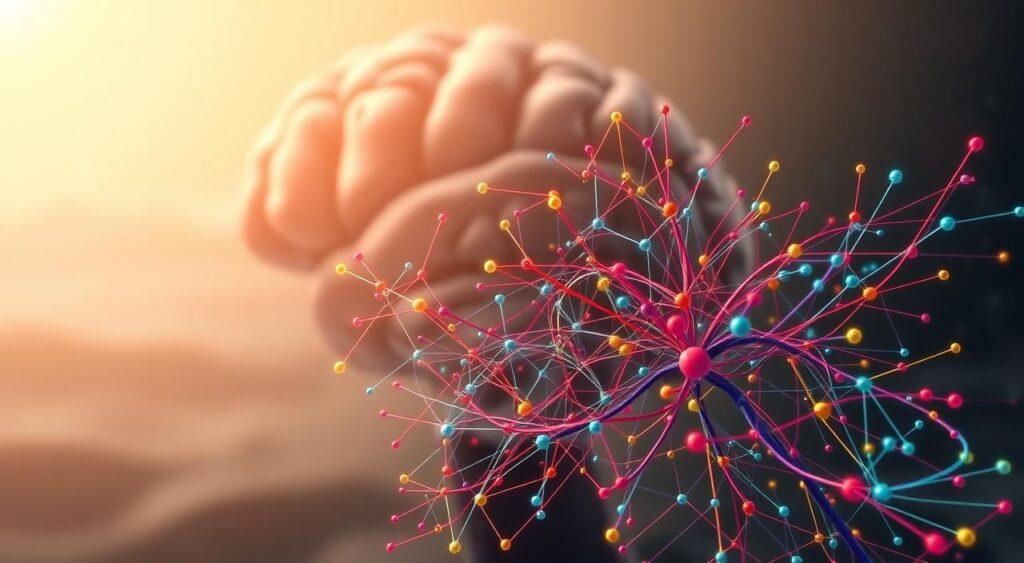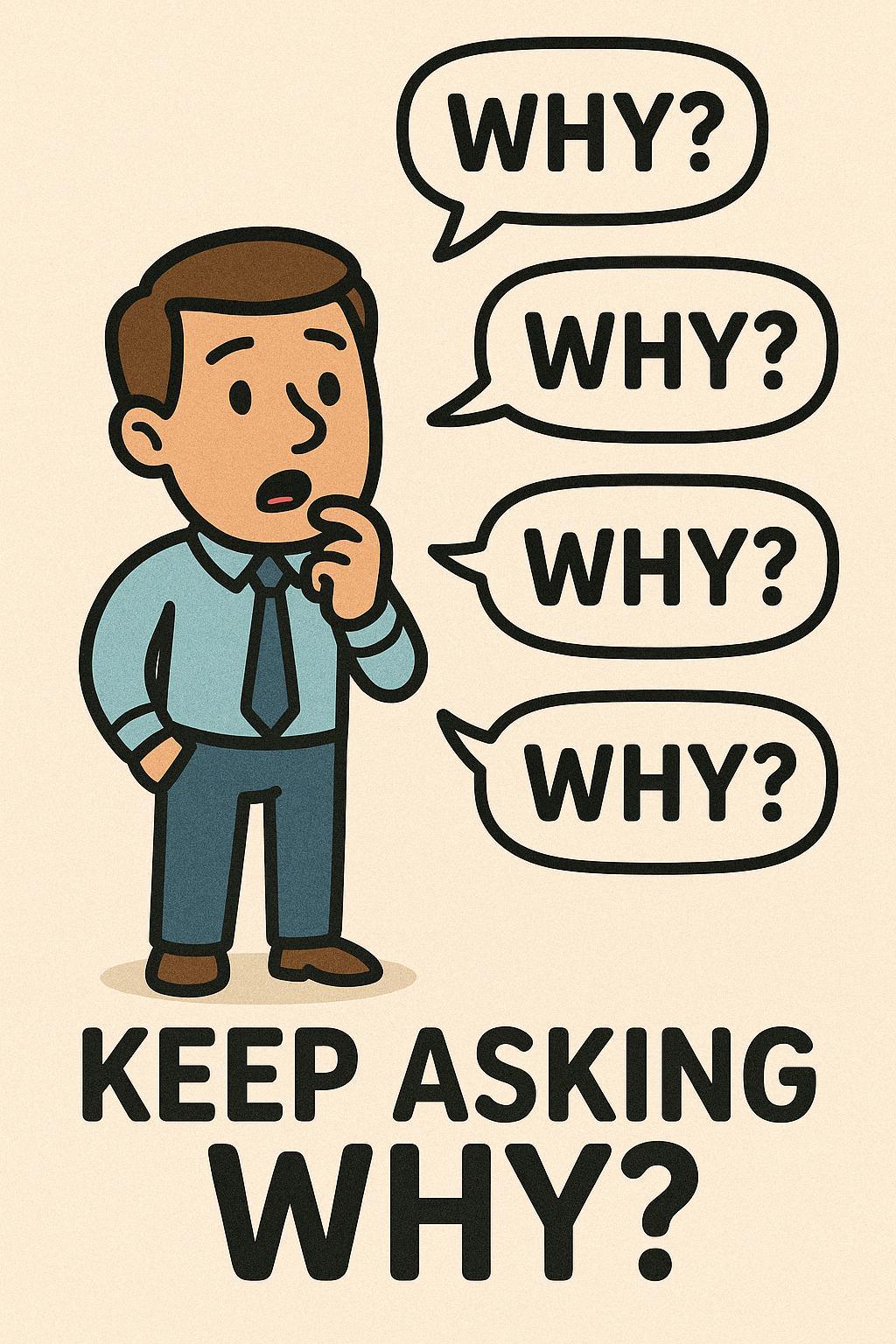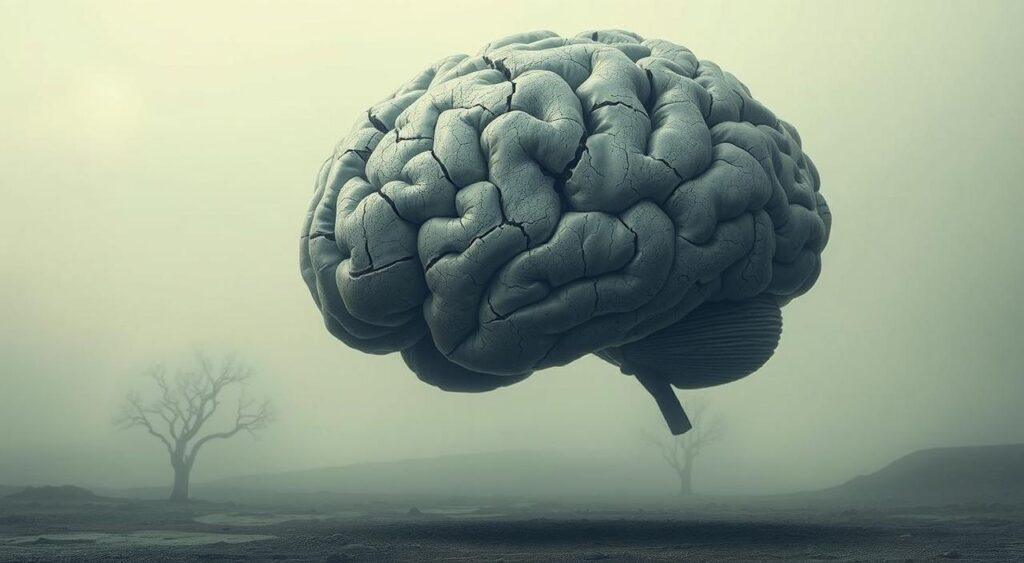Imagine you’ve always thought climate change is far away. But then, a simulation shows it could happen in your lifetime. Would that change your mental models? Many think beliefs are set forever once formed. Yet, tech workers often resist change, sticking to old ideas even as tools improve.
Students at UMass Lowell saw their views on climate change change after playing Climate Interactive’s World Climate Exercise. They saw how emissions data could lead to disaster. Why do some mental models stay the same, while others change? This article looks into why your brain holds onto certain ideas and how to break free. In other words, cognitive biases.
Key Takeaways
- Mental models shape decisions, but they’re not static “fixed” belief systems
- Interactive simulations like World Climate can rewire perceptions faster than lectures
- Resistance to change often stems from incomplete mental models filtering new information
- Health systems and tech industries alike suffer from outdated mental model assumptions
- Neuroplasticity proves the brain can update even deeply held belief systems
Understanding Mental Models: Your Internal Representation of the World
Mental models are like blueprints in your brain that help you understand the world. They make complex ideas simple, allowing you to quickly grasp situations. But, are these mental models fixed or can they change with experience?
The Definition and Purpose of Mental Models
Mental models are shortcuts in your brain. They help you predict outcomes, solve problems, and interact with the world. For instance, your idea of a doctor’s visit might be quick, but reality might surprise you.
How Mental Models Influence Your Daily Decision-Making Processes
- Grocery shopping: You choose brands based on past preferences, even if new options exist.
- Medical decisions: A patient’s mental model of “quick fixes” may conflict with chronic disease management.
- Online choices: A user’s mental model of search bars (like Google’s unified field) affects how they navigate websites.
The Science Behind Mental Models and Cognitive Processing
Neuroscience shows mental models form through recognizing patterns. The Consolidated Framework for Implementation Research (CFIR) explains how hard it is to change these models. But, PRISM shows that new experiences can update them over time.
| Model Type | Decision-Making Impact |
|---|---|
| Fixed mental models | Limit creative solutions by relying on outdated assumptions |
| Adaptive models | Encourage flexibility, reducing errors in new situations |
Are Mental Models Fixed or Adaptable?

At the heart of the psychology of reasoning is a big debate. Is it true that mental models are fixed once they’re formed, or can they change? Think about a team’s problem-solving approach. It might stay the same, but new ideas often come from looking at things differently. Studies show both sides are important.
Consider companies in tough markets. Many stick to old mental models are fixed, even when facts say they’re wrong. A study found that firms with wrong mental models might just tweak their beliefs a bit. They don’t want to change everything because it’s scary.
But, the same study found that clear, undeniable evidence can make them change. This shows that mental models are adaptable too.
“Mental models are messy. They’re ‘sloppy’ frameworks that omit details, like oversimplifying taxes’ impact on GNP,” notes the study. “Yet, even flawed models persist because they feel familiar and safe.”

Why do some people not want to change? The study says it’s because of confirmation bias. People like information that agrees with what they already believe. But, our brains can change, so why don’t we?
- Fixed mindset teams see challenges as threats, not growth opportunities
- Adaptable thinkers embrace feedback to refine their mental frameworks
- Market competition studies reveal 65% of firms start with flawed models but only 20% ever revise them
It’s a tricky situation: mental models help us make decisions, but being too rigid can stop us from seeing better options. Understanding this balance is key to growing in all areas of life, not just business.
How Your Brain Forms and Updates Mental Models
Your brain creates mental models by making neural pathways. These pathways get stronger with time, making it tough to change old ideas. The psychology of reasoning explains how you fit new information into what you already believe, even if it goes against it.

The Neurological Basis of Mental Framework Formation
When you learn something new, your brain tries to fit it into what you already know. This is like how babies learn basic physics by 6 months. As you learn more, these pathways become stronger, making it feel like you’re upgrading your mind. Good learning strategies can change these patterns, like updating software.
Cognitive Biases That Reinforce Existing Mental Models
Biases act like mental “filters,” showing you only what you want to see. Here’s how three key biases work:
| Cognitive Bias | Effect |
|---|---|
| Confirmation Bias | Seeks proof for existing beliefs, ignoring contradictions |
| Availability Bias | Overvalues recent or memorable information |
| Anchoring Bias | Relies too much on first impressions |
Evidence of Neural Plasticity Supporting Mental Model Evolution
Neuroscience shows brains can change even as adults. Studies show 94% of learners on platforms like Vaia get better by using new models. Your brain can change through practice, like how babies learn faster than AI. Updating your mental models takes effort, but it’s possible with new experiences.
Overcoming Mental Model Limitations

Rigid mental models often come from deep belief systems backed by emotions and social groups. Changing these views needs more than just facts. You must actively question how you take in information.
“In a simulation, players interact with a modeled reality, facing flaws in their understanding and rebuilding mental models.”
Simulations offer a safe place to test your assumptions. By facing consequences in a low-risk setting, you can spot gaps in your thinking. More than 90% of successful leaders use this method to improve their critical thinking skills through trial and error.
- Embrace cognitive dissonance: Simulations expose outdated beliefs without personal judgment.
- Prioritize feedback loops: 70% of professionals report better outcomes when actively seeking input.
- Practice multidisciplinary learning: 78% of leaders use cross-field insights to reduce decision-making blind spots.
Updating mental models also requires a safe space. When exploring new ideas, see your belief systems as tools to adapt, not as truths to defend. Over 85% of continuous learners say this mindset boosts problem-solving creativity.
Begin with small steps. Challenge your assumptions every day. For example, ask: “What evidence contradicts my current view?” This critical thinking habit makes you more flexible. Remember, 75% of professionals admit to biases they don’t recognize—acknowledging this is the first step to change.
| Barrier | Strategy |
|---|---|
| Emotional attachment | Simulations and feedback |
| Identity resistance | Mentorship and self-reflection |
| Social reinforcement | Exposure to diverse perspectives |
Using these strategies changes how you see challenges. Mental models are not fixed; they are tools to be sharpened. Begin today by testing one new perspective each week. Your future decisions will be better for it.
Practical Techniques to Evolve Your Mental Models

Updating your mental models takes effort. Many stick to old frameworks from 2010, even in 2025. This hinders decision-making. Let’s dive into practical ways to change your thinking.
“When faced with new information, we typically try to fit it into existing mental models, often leading to misconceptions.”
Critical Thinking Exercises That Challenge Existing Frameworks
Challenge your assumptions with these methods:
- Five Whys: Keep asking “why?” to find the real reasons.
- Test your beliefs against real data to find blind spots.
- Counterfactual Thinking: Think about scenarios where your assumption is wrong.
These critical thinking exercises show where your models might fail.
Exposure to Diverse Perspectives and Alternative Heuristics
Seek out different viewpoints. Engage with groups using new heuristics. For example, simulation games are better than passive learning for changing your mind.
Go to workshops or online courses outside your usual field. This expands your toolkit.
Deliberate Practice for Mental Model Flexibility
Consistency is key. Try these routines:
- Cognitive Reframing: Look at problems from new angles (like a startup vs. a big company).
- Perspective-Taking: Make decisions from others’ viewpoints with different goals.
- Scenario Planning: Imagine possible futures to test your models.
Use the 5/25 rule: Focus on the top 5 priorities for new frameworks. Small, focused efforts lead to big changes.
Examples of Mental Model Changes in Decision-Making

Seeing mental models in action shows the power of experience over theory. Companies like IBM changed their decision-making frameworks from focusing on hardware to services. This shows that even rigid systems can change.
Simulations like Climate Interactive’s World Climate Exercise let people experience global climate talks. It’s a hands-on way to learn.
“Hearing about policy failures isn’t as effective as experiencing them in a game.”
- Business: IBM changed from selling hardware to cloud services. They had to rethink decision-making processes to focus on long-term benefits.
- Policy: Students at UMass Lowell learned about climate change by simulating global talks. They saw how hard it is to meet emissions targets.
- Education: People who took part in simulations felt more motivated to tackle climate change. They saw how small cuts aren’t enough.
These examples show that practical tools like games can change old ways of thinking. When people experience failure in a safe space, they learn faster than from lectures. One student said, “The game made me realize how big of a change we need to make to stay under 2°C.”
Learning by doing is key. Your next step? Look for simulations or different views to challenge your own thinking.
Conclusion
Your mental models are tools, not fixed truths. They help you make sense of the world but can always be improved. By mixing familiar decision-making frameworks with a curiosity for new ideas, you open up to growth. This way, you keep your thinking sharp without losing your way.
Heuristics like the Pareto Principle (80/20 rule) make life easier, but don’t rely too much on them. Questioning your assumptions is key. Ask if the 20% of tasks that matter most could change, or if old biases like confirmation bias are holding you back. This keeps your thinking fresh and true to reality.
Think of your mind as a garden. Some roots (core values) stay strong, while others (strategies) need to adapt. Using methods like inversion or Bayesian updating helps you update your beliefs with new information. This balance helps you handle life’s ups and downs without getting stuck.
Learning never means throwing away the old. It’s about updating what’s not working anymore. Whether it’s making better financial choices or boosting creativity, the aim is to stay open to change. By seeing mental models as tools to evolve, you’ll make better decisions in a world that’s always changing.


